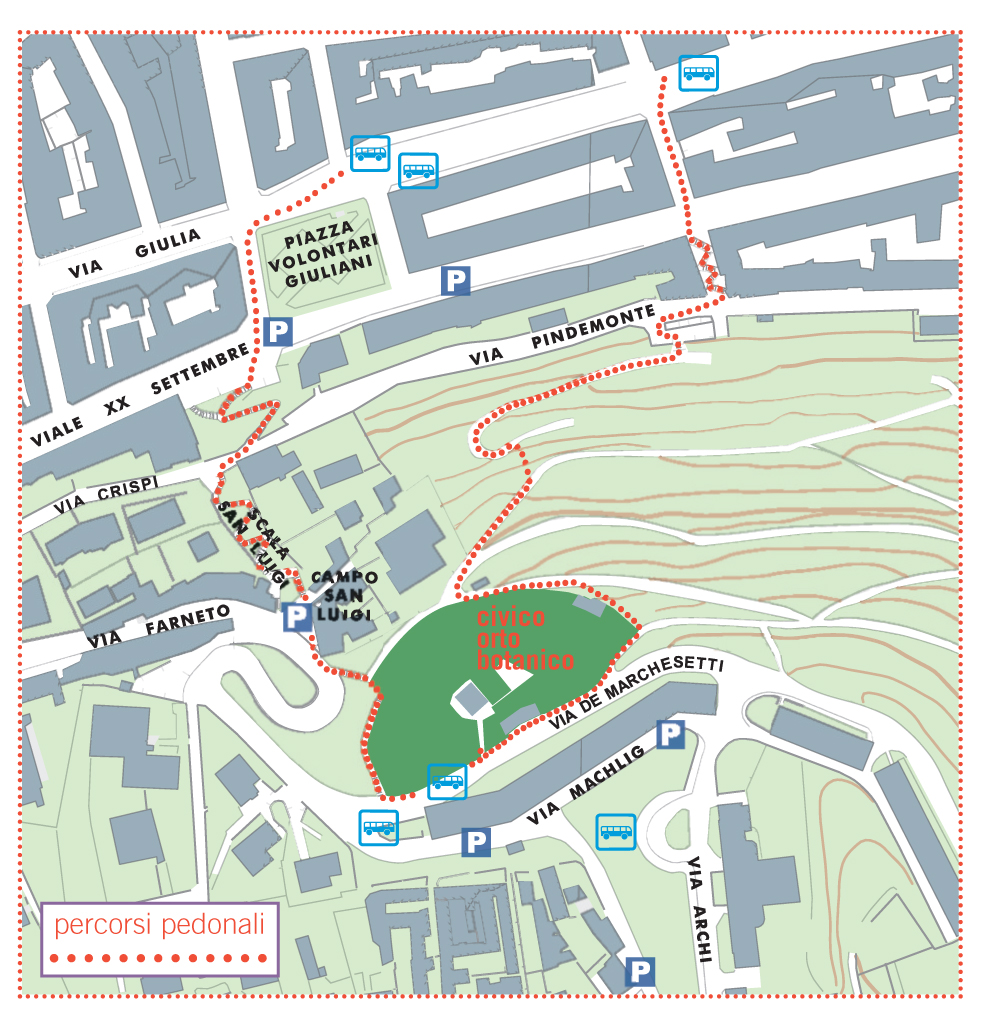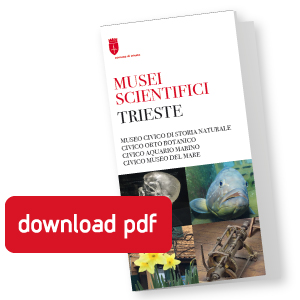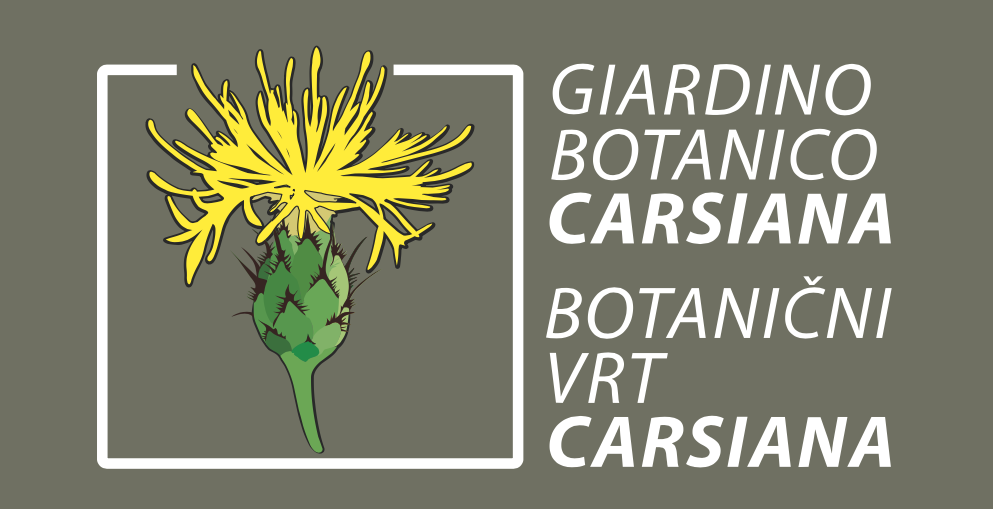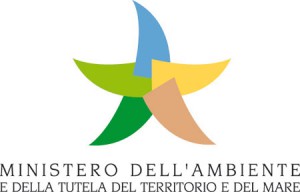Trieste Botanical Gardens

![[english] download pdf](/wp-content/uploads/2014/04/download-lingue.jpg) The Botanical Gardens are the property of the Municipality of Trieste and a part of the Civic Scientific Museums. The layout of the gardens, as depicted in the map, includes various areas. Associated with the gardens is a natural reserve comprising the Biasoletto wood and the Farneto wood (for a total of 90 ha).
The Botanical Gardens are the property of the Municipality of Trieste and a part of the Civic Scientific Museums. The layout of the gardens, as depicted in the map, includes various areas. Associated with the gardens is a natural reserve comprising the Biasoletto wood and the Farneto wood (for a total of 90 ha).
The Botanical Gardens publishes the Index Seminum, where each year the species for which seeds are offered are listed, complete with all of the collection data. The list is sent to most of the other botanical gardens throughout the world as part of a free exchange between scientific institutes. Already a linchpin in the relationship between scientific research and environmental conservation, botanical gardens have also become a centre for teaching and recreation. The aim of the gardens is to satisfy the needs of both advanced scientific research and a new environmental awareness, so as to develop activities of a cultural nature for an increasingly broader section of the public.
As well as the research and systematic classification performed, botanical gardens have taken on the role of the conservation, cultivation and reproduction of officinal plants, plants for textile production and foodstuffs, local horticultural varieties, spontaneous and endemic flora of the region and surrounding areas, aquatic and palustrine plants, succulent plants.
For this reason botanical gardens may be seen as an island, albeit artificial, of floristic diversity which plays a strategic part in the conservation of biodiversity, and therefore in the survival of mankind itself.
When the gardens are integrated into the daily life of the citizens, as is the case in Trieste, they are no longer a facility for the exclusive use of botanists, but rather open to a much broader public intent on enriching its own culture, or perhaps escaping from a polluted and alienating urban environment.

The Areas
1. Wild plants
This section is undergoing development. A complete renewal of the historical flowerbeds will be carried out, with special emphasis on the most interesting species from
the Trieste, Istrian and surrounding regions.
2. Houseplants
At the beginning of the section dedicated to poisonous plants – the poisonous garden – the most widespread toxic or lethal houseplants are on display.
3. Ornamental plants
In the flowerbeds along the perimeter of the gardens there are several collections of ornamental plants (Hedera – ivy, Hydrangea – hydrangea, Hosta – hosta, Helleborus
– hellebore, Paeonia – peony, Rosa – rose, Viola – violet), as well as spring-flowering (Crocus – crocus, Galanthus – snowdrops, Eranthis – winter aconite) and autumnflowering
bulbs (Sternbergia – winter daffodil).
4. Anthology of magical plants
A flowerbed with a suggestively esoteric configuration, enriched with a stone fountain, a symbol of the trinity, is the site for a collection of the main plants with magical, religious and
mythological importance. Magic is a metaphor for mankind’s relationship with nature, the basis of the mental construction that man erects against the indefinite, a stimulus for knowledge regarding traditions often based on officinal powers or on taboo dictated by the real danger of the plant. It is not, therefore, an incentive for superstition.
5. Officinal plants
The layout of the garden dedicated to the officinal plants follows a systematic criteria (Pignatti, 1982). The choice of the species is based on the list of plants registered in
the Official Pharmacopoeia of the Italian Republic and integrated with those present in studies of ethnobotany of Friuli-Venezia Giulia (Lokar Poldini, Rossi), in historical
lists (Marchesetti) and in research regarding the officinal plants of the Austro- Hungarian coast (Tominz, 1881).
6. Lotuses
The ponds are home to various aquatic species, including lotuses (Nelumbo) in full bloom in July and August, with iridescent colours in shades of pink, white and yellow.
7. Edible plants
In response to research in edible wild plants it was decided to organise this area based on the various environments where the individual species grow, so
as to facilitate their recognition in nature.
8. Formal garden
The ordered flowerbeds bordered by the low box hedge are home to a number of collections of ornamental plants which bloom in different periods of the year. The genera,
represented here by a large variety of species, are Helleborus (hellebore – flowering period II-IV), Narcissus (daffodil – flowering period XI-V), Paeonia (peony – flowering
period III-V), Iris (iris – flowering period II-VII), Hydrangea (hydrangea – flowering period IV-IX), Hosta (hosta – flowering period V-VII), Rosa (rose – flowering period
V-X), and Salvia (sage – flowering period IV-XI).
9. Dye plants
The choice of dedicating a section to a collection of dye plants arises from the desire to display the main historical species used by dyers. Alongside these are the spontaneous plants of limited and local use, and the exotics which poorly tolerate Trieste’s harsh winters and need to be protected in the greenhouses.
10. Useful plants
Following the complete renovation of the facilities and the access to them, this section will host the main “plants of man” – those plants which for their various uses (nourishment, cosmetics, textiles) have shared the history and events of mankind.
11. The poison garden – path of the poisonous plants
This path with a guide is a close-up introduction to a number of poisonous plants. Scientific information is provided for each of them, along with peculiarities and uses. The path also aims to highlight the positive sides of the poisons: the pharmacological notes accompanying the plants indicate the therapeutic uses of the various toxins.
For information
Botanical Gardensvia Carlo de Marchesetti, 2
tel. e fax +39 040 360 068
ortobotanico@comune.trieste.it
Guided visits may be booked for school and other groups.
Direct bus routes nos. 25 & 26, or nos. 6, 9 & 35 with a short walk: alight at piazza Volontari Giuliani and follow Scala San Luigi – Campo San Luigi; or alight at the next stop (Scala Margherita) and follow via Pindemonte – Bosco Biasoletto.









